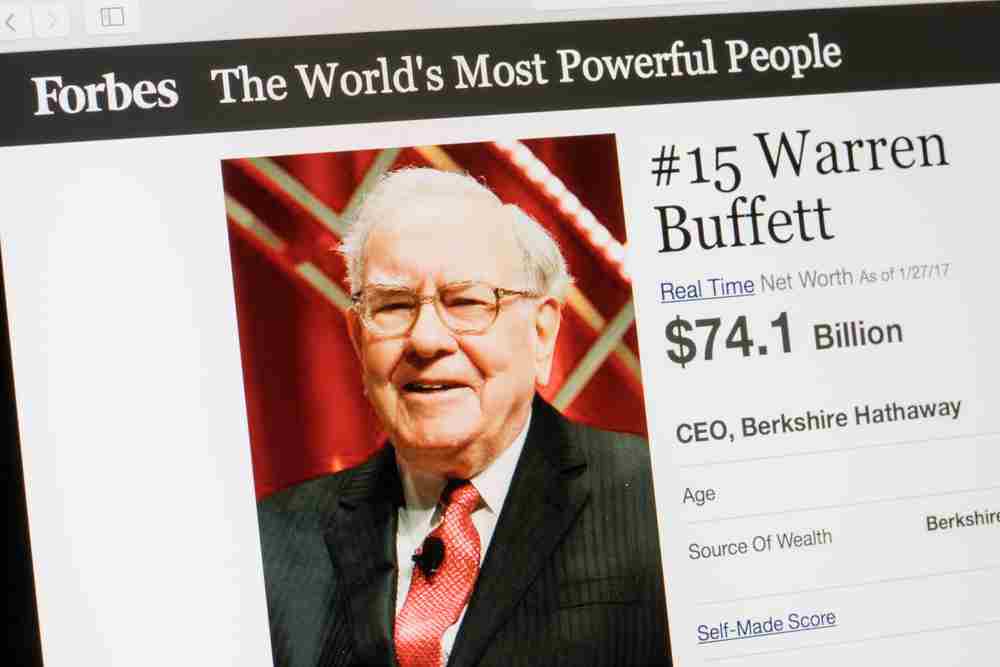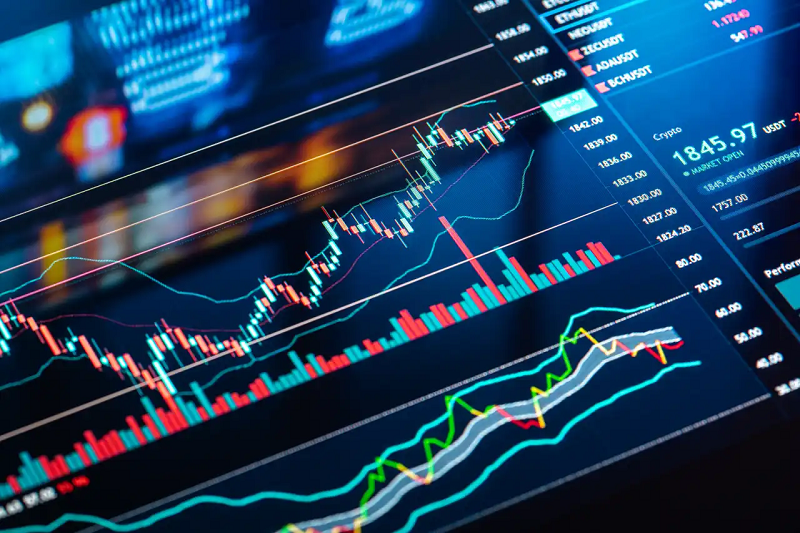GBP: Growth vacuum leaves GBP exposed – Société Générale

The Economist described it as a ‘bodge-it budget’ that doesn’t give Britain what it needs. The FT calls it a ‘Spend now, pay later’ budget, which merely delays fiscal pain. The Guardian calls it a ‘live now, pay later’ budget and wonders what happens when ‘later’ arrives. As is the way, the major policy announcements were known in advance, and the fact that they don’t kick in straight away helped soften the blow and allowed the pound and longer-dated gilts to rally. So far, so good but this budget made almost no reference to economic growth at all, Société Générale's FX analyst Kit Juckes notes.
GBP overvaluation raises parity risks
"There are (at least) three factors that will determine how the Budget affects the pound’s value in the year ahead. The first is the growth outlook and on that score, the UK is as European as ever and as un-American as usual. Consensus 2026 GDP forecasts are at 1.1% for the UK and Eurozone, and 1.9% for the US. SG’s average forecasts for 2025-2029 are 1.2% in the UK and Eurozone and 2% in the US, which amounts to much the same thing. The growth story suggests EUR/GBP will be range-bound but both EUR and GBP will fall against the USD in 2026."
"The second factor is the outlook for monetary policy and interest rates. Our economists expect 50bp of Fed cuts next year, but the market prices in 90bp. We expect the ECB to cut once, by 25bp in QA1, and then reverse that later in the year, where the market prices 40bp of cuts. And in the UK, we expect rates to be 1% lower by the end of 2026, whereas market pricing looks for a 60bp fall. The UK has more room to cut rates than others and is likely to use it, which won’t help the pound in 2026. We think this leaves GBP vulnerable to a modest climb towards 0.9 in the months ahead, while pointing clearly to both EUR/USD and GBP/USD drifting lower."
"Finally, the GBP is getting painfully overvalued relative to purchasing power parity (PPP). In general, PPP means very little (The OECD measure of PPP is 1.50 for EUR/USD, 95 for USD/JPY and 1.47 for GBP/USD). But within Europe, where bilateral trade is a bigger share of overall GDP, the gradual rise in PPP fair value for EUR/GBP, from just under 0.90 in 2000 to over parity now, is a problem. The gap was slightly bigger than this in the early 2000s and in the wake of the EUR collapse in 2015 but in both cases, what followed was a significant correction as GBP fell against both EUR and USD. In those instances, the drivers of GBP weakness were the Great Financial Crisis and the Brexit vote, but the UK is only one political calamity away from seeing EUR/GBP trade above parity."







